Onychomycosis (or nail fungus) affects around 14% of the population in North America (1). This condition can affect anyone, especially people who are older or physically active.
If you notice that your nails have turned unusually brittle or yellowish/whitish and also smell foul, you have most probably have developed nail fungus. Worry not! You can try out the remedies and tips discussed in this article to get rid of the infection successfully without a relapse.
Onychomycosis starts as a small white or yellow spot under your nail. As the infection progresses, the infected nail may thicken, become discolored, and also crumble at the edge.
Nail fungus can affect many nails at a time. Mild cases of infection usually do not need treatment. However, if it is causing pain and discomfort, you must attend to it immediately before it causes further distress.
If you notice that your nails have turned unusually brittle or yellowish/whitish and also smell foul, you have most probably have developed nail fungus. Worry not! You can try out the remedies and tips discussed in this article to get rid of the infection successfully without a relapse.
How Do You Develop Nail Fungus?
Nail fungus is a medical condition that is also known as onychomycosis. It is caused by dermatophytes – a group of three types of fungus that are responsible for causing most fungal skin problems.Onychomycosis starts as a small white or yellow spot under your nail. As the infection progresses, the infected nail may thicken, become discolored, and also crumble at the edge.
Nail fungus can affect many nails at a time. Mild cases of infection usually do not need treatment. However, if it is causing pain and discomfort, you must attend to it immediately before it causes further distress.
Types Of Nail Fungus
- Distal Subungual Onychomycosis (DSO) – This is the most common type of fungal nail infection that affects the skin on the tip of your nail bed. It can be a chronic condition that is hard to treat in some individuals.
- White Superficial Onychomycosis (WSO) – WSO is the second most common type of fungal skin infection that affects the top layer of the nails. It can be treated rather easily.
- Candida Onychomycosis (Yeast Infection Of The Nail) – This type is quite uncommon and can affect the nail as well as the skin bordering the nail (nail folds). It is more common in fingernails than in toenails.
- Proximal Subungual Onychomycosis (PSO) – PSO is more common in those who are already infected with the human immunodeficiency virus. It affects the base of the nail. The skin on the surface of your foot can also be affected by this type.
Signs And Symptoms
Nail fungus can cause your nails to become:- Thick
- Whitish or yellow-brown
- Ragged and brittle
- Distorted
- Dark due to the build-up of debris under your nail
Let us now find out what triggers the formation of nail fungus.
Causes And Risk Factors
The most common type of fungi responsible for causing fungal nail infections are dermatophytes. Other organisms that can cause nail infections are yeasts and molds.Nail fungus is also more common in older adults as the nails tend to become more brittle with advancing age. The resulting cracks in the nails allow fungi to enter, which may further lead to a fungal infection inside the nail.
Other factors that can increase your risk of developing nail fungus are:
- Heavy sweating
- A history of athlete’s foot
- Walking barefoot in areas such as swimming pools, shower rooms, and gyms
- A minor skin or nail injury
- A skin condition like psoriasis
- Other medical conditions like diabetes, circulatory problems, or a weak immune system
Diagnosis
Your doctor will first begin by examining your nails. They may also scrape the debris within your nail or take a couple of nail clippings to identify the cause of the apparent infection. Once the cause of the infection is determined, your doctor will prescribe the best treatment course accordingly.Most often than not, a fungal nail infection can be treated right at home with the help of some simple and effective natural remedies – like the ones discussed below.
Home Remedies To Treat Nail Fungus
1. Tea Tree Oil
You Will Need
- 3 drops of tea tree oil
- 1 teaspoon of coconut oil
- Cotton swabs
What You Have To Do
- Add three drops of tea tree oil to a teaspoon of coconut oil.
- 2. Mix well and dip a cotton swab in the mixture.
- Apply it to the affected nail and allow the mixture to dry.
How Often You Should Do This
Do this twice daily.Why This Works
Tea tree oil can be applied topically to help treat the symptoms of nail fungus and improve the appearance of the affected nails (2).2. Vicks VapoRub
You Will Need
- Vicks VapoRub (as required)
- Gauze
What You Have To Do
- Trim your nails and wash them clean.
- Allow your nails to dry completely.
- Take some Vicks VapoRub and apply it all around the affected nail, going deep into the cracks if any.
- Wrap the affected nail with cotton gauze.
- Leave it on overnight or for a few hours before taking it off.
How Often You Should Do This
You can do this once daily for a couple of weeks.Why This Works
Among the many topical ointments used to treat nail fungus (onychomycosis), Vicks VapoRub is quite popular. This decongestant contains significant compounds like menthol and thymol, which can help in alleviating the symptoms of onychomycosis (3).3. Snakeroot Extract
You Will Need
- Snakeroot extract (as required)
- Water
What You Have To Do
- Mix a little snakeroot extract with a few drops of water.
- Apply this to the infected nail.
- Leave it on for 30 to 60 minutes before washing it off.
How Often You Should Do This
Do this twice daily for best results.Why This Works
Snakeroot extract can help alleviate the symptoms of nail fungus without any serious side effects (4).4. Oregano Oil
You Will Need
- 3-4 drops of oregano oil
- 1 teaspoon of coconut oil
What You Have To Do
- Add three to four drops of oregano oil to a teaspoon of coconut oil.
- Mix well and apply it to the affected nail.
- Leave it on until it dries completely.
How Often You Should Do This
You can do this twice daily.Why This Works
Like tea tree oil, oregano oil possesses powerful antifungal properties that can help alleviate the symptoms of a fungal nail infection by destructing its root cause (5).5. Olive Leaf Extract
You Will Need
A few drops of olive leaf extractWhat You Have To Do
- Take a few drops of olive leaf extract and apply it all over the affected nail.
- Leave it on until it dries.
How Often You Should Do This
You can do this twice daily.Why This Works
The olive leaf extract contains compounds like oleuropein that exhibit significant antifungal properties that can help with nail fungus (6).6. Ozonized Sunflower Oil
You Will Need
A few drops of ozonized sunflower oilWhat You Have To Do
- Take a few drops of ozonized sunflower oil and apply it all over the affected nail.
- Cover it with gauze or bandage.
How Often You Should Do This
Do this once daily.Why This Works
The powerful oxidizing properties of ozonized sunflower oil can be effective in the treatment of almost all microorganisms, including dermatophytes that are responsible for causing nail fungus (7).7. Vinegar
You Will Need
- ½ cup of vinegar
- 3 cups of water
- A small tub
What You Have To Do
- Add half a cup of vinegar and three cups of water to a small tub.
- Soak your feet in the vinegar bath for at least 20 minutes.
How Often You Should Do This
Do this once daily for best results.Why This Works
A vinegar foot bath is among the many tried and tested home remedies for treating nail fungus. This effectiveness could be due to the antimicrobial effects exhibited by vinegar (8).8. Garlic
You Will Need
1-2 peeled garlic clovesWhat You Have To Do
- Take one to two garlic cloves and crush them a little.
- Apply the crushed garlic to the affected nail.
- Leave it on for about 30 minutes before washing it off.
How Often You Should Do This
You can do this 1 to 2 times daily.Why This Works
Garlic contains a compound called ajoene, which is an organic trisulfur. This compound exhibits antimycotic activities that can help in treating fungal conditions like nail fungus and athlete’s foot (tinea pedis) (9).9. Baking Soda
You Will Need
- 1 teaspoon of baking soda
- Water
What You Have To Do
- To a teaspoon of baking soda, add a few drops of water to form a thick paste.
- Apply the paste to the affected nail.
- Rinse it off after 20-30 minutes.
How Often You Should Do This
Do this 1 to 2 times daily.Why This Works
Baking soda (sodium bicarbonate) exhibits strong antifungal properties that can fight the fungal agents causing infections like onychomycosis (10).10. Hydrogen Peroxide
You Will Need
- ½ cup of 3% hydrogen peroxide
- 3 cups of water
What You Have To Do
- Add half a cup of 3% hydrogen peroxide to three cups of water.
- Mix well and transfer this solution to a small tub.
- Soak your feet in the hydrogen peroxide bath for 20 minutes.
- Pat your skin dry.
How Often You Should Do This
You can do this once daily.Why This Works
The antifungal nature of hydrogen peroxide helps in fighting the fungi responsible for causing nail fungus (11).11. Aloe Vera
You Will Need
Aloe vera gel (as required)What You Have To Do
- Take some freshly extracted aloe gel and
- Apply it to the affected nail.
- Leave it on for around 20 minutes.\
- Rinse it off.
How Often You Should Do This
Do this 1 to 2 times daily.Why This Works
The soothing properties of aloe vera can facilitate the healing of the affected nail, and its antifungal nature can help fight the dermatophytes responsible for causing nail fungus (12).12. Coconut Oil
You Will Need
Coconut oil (as required)What You Have To Do
- Take a little coconut oil and apply it directly to the affected nail.
- Leave it on until it dries.
How Often You Should Do This
Do this 2 to 3 times daily.Why This Works
Coconut oil contains a compound called monolaurin that exhibits antifungal properties (13). This can help in alleviating the symptoms of nail fungus.The above remedies can speed up the healing of nail fungus. However, it is best if you use them in conjunction with the standard medical treatment prescribed by your doctor.
The following are some tips that can help prevent nail fungus from worsening.
Tips To Avoid A Nail Infection
- Cleanse your hands and feet regularly.
- Wash your hands after touching an infected nail.
- Keep your hands and nails well-moisturized.
- Trim your nails and smoothen the edges.
- Disinfect the nail clippers after each use.
- Change your socks regularly.
- Wear socks that absorb sweat.
- Wear shoes that are breathable.
- Discard old shoes or disinfect them before wearing them again.
- Wear footwear while walking near pools and locker rooms.
- Stop using nail polishes and artificial nails.
Have any more doubts about this condition? Feel free to ask us in the comments section below.
Source Click here
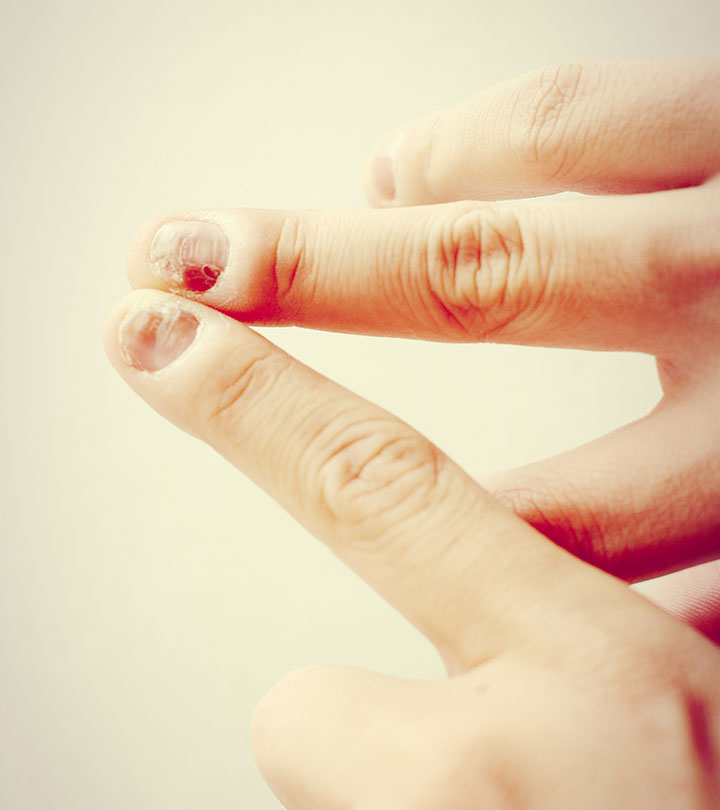
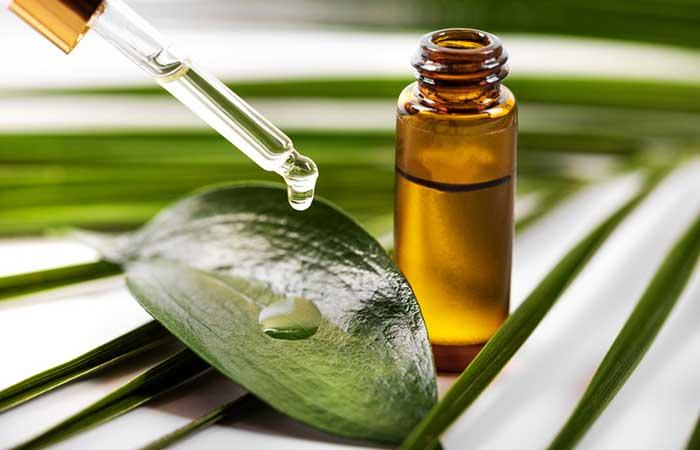
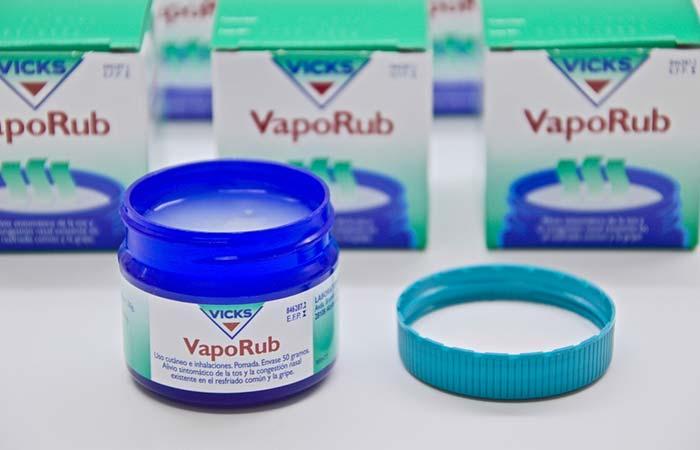
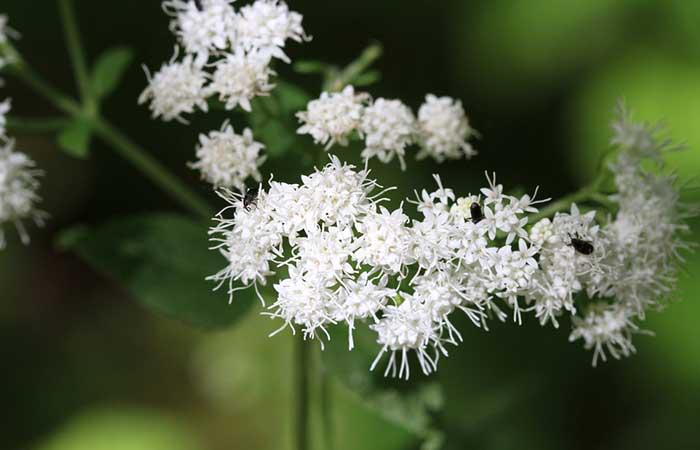
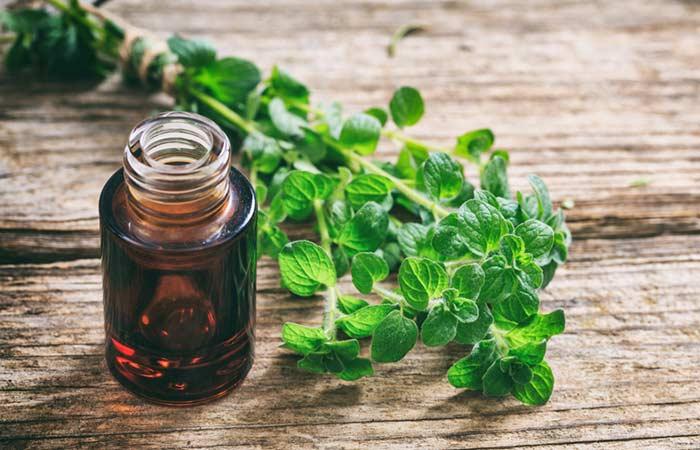

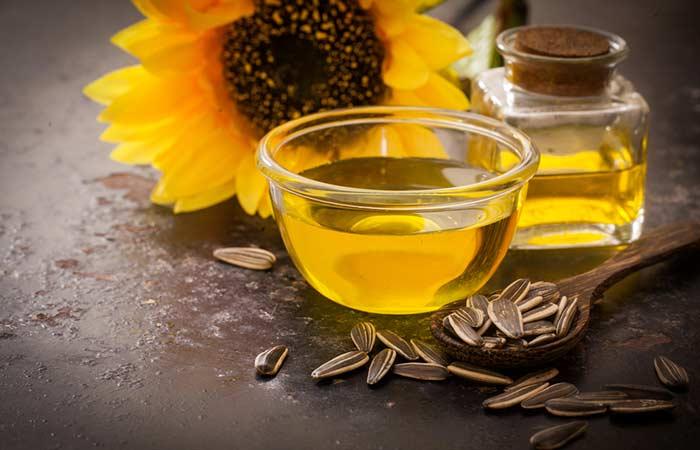


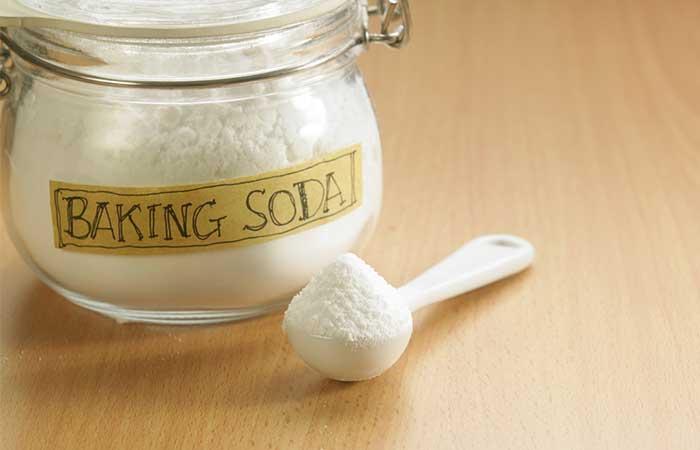
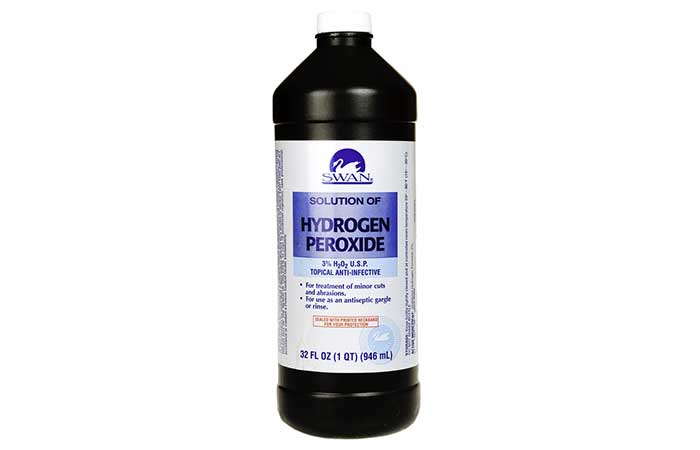


Comments
Post a Comment